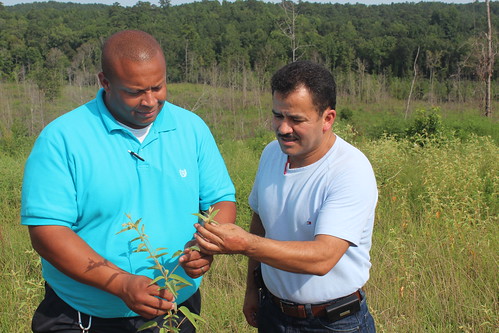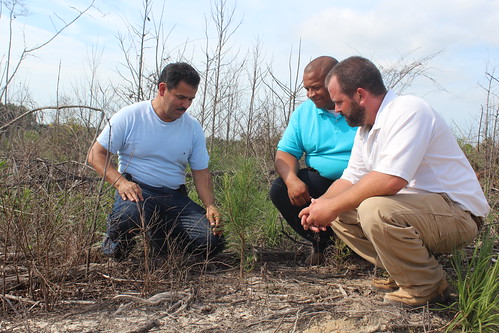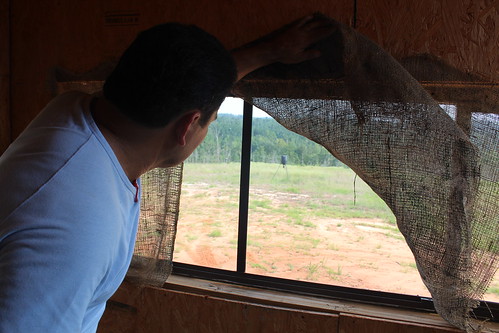
Variano “Chino” Suarez manages four restaurants in Mississippi. You could say that he appreciates his free time more than most. When it’s time to unwind, Suarez retreats to his forest acres in the red clay hills of eastern Mississippi. Here, wildlife thrives and ponds are filled with bream and bass.
Suarez has always loved hunting, fishing, watching wildlife and just enjoying time outside—all experiences he shares with his wife and two daughters. A native of Mexico, Suarez grew up in a rural town, which strengthened his bond with the outdoors.
Unfortunately, the previous owners of his 220 acres had not practiced proper conservation techniques, resulting in a dim future for the wooded areas due to invasive or undesirable trees and shrubs. Thankfully, with the help of USDA’s Natural Resources Conservation Service (NRCS), Suarez and the agency’s conservation team were able to heal and enrich his lands.

He enrolled 40 acres in NRCS’ Environmental Quality Incentives Program, which helped him plant trees, apply herbicides and implement prescribed burning to put his forests on a healthier track. These practices improve the forest by reducing weedy vegetation, allowing the trees to grow more quickly and develop robust understory plants.
Suarez expects to end up with a forest that has more marketable trees, more food for wildlife and better resiliency to insects and invasive species. He knows that if he manages his forest properly, it will not only provide him benefits from timber sales after selective harvests, but it also ensures higher populations of wildlife.
A healthy forest supports three times the wildlife than an unhealthy one because of the food and sanctuary found in thriving ecosystems. These benefits are important to Suarez, who spends the bulk of his fall and winter hunting and watching wildlife on his property.
While using conservation does take some work, he says it’s well worth the effort. He is already seeing higher wildlife populations, and he is applying for more financial and technical assistance from NRCS to continue the conservation improvements to his land.
He is always appreciative of his visits to his woods, whether it’s to hunt deer hunt, relax on the back porch of his cabin or spend time with his family. As he says, sometimes you need to “get lost in the woods.”

